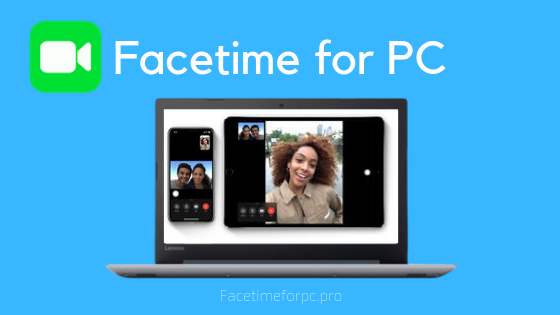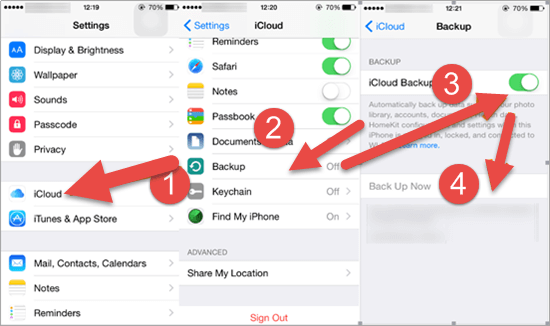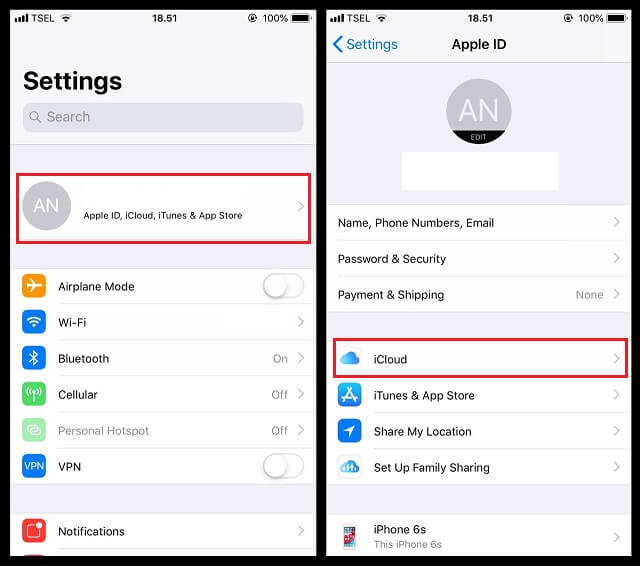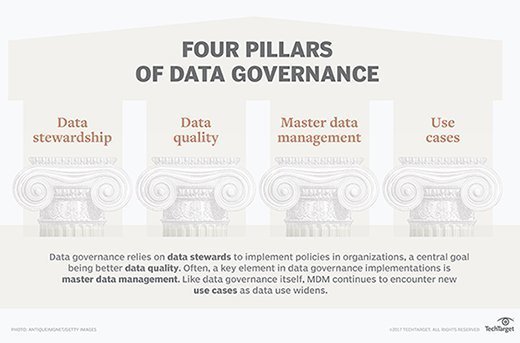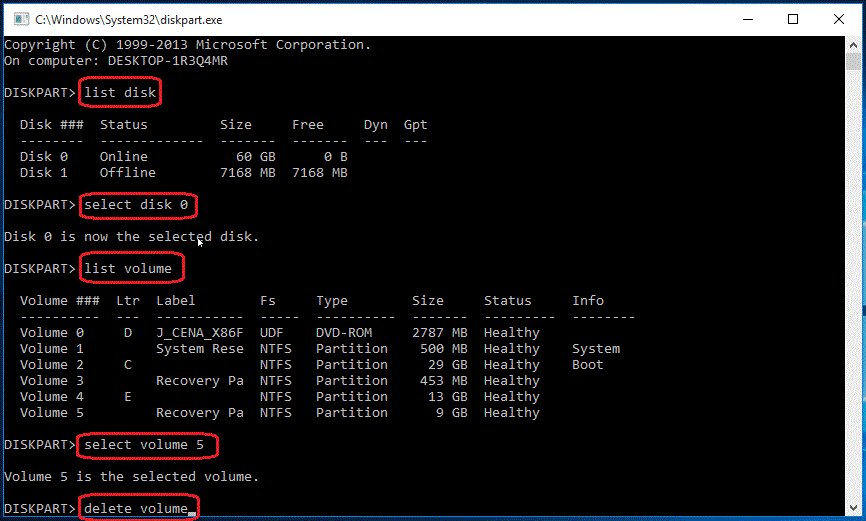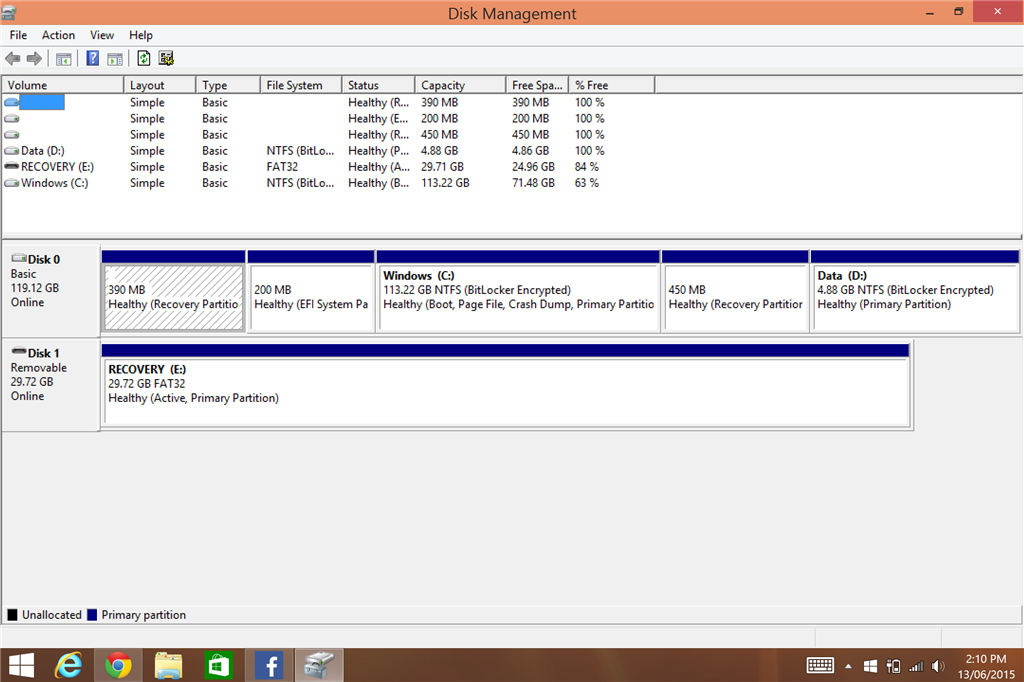5G towers have been installed only in select areas in the world. Verizon uses several spectrum bands for its 5G offerings.
One underlying difference is 5Gs use of unique radio frequencies to achieve what 4G networks cannot.
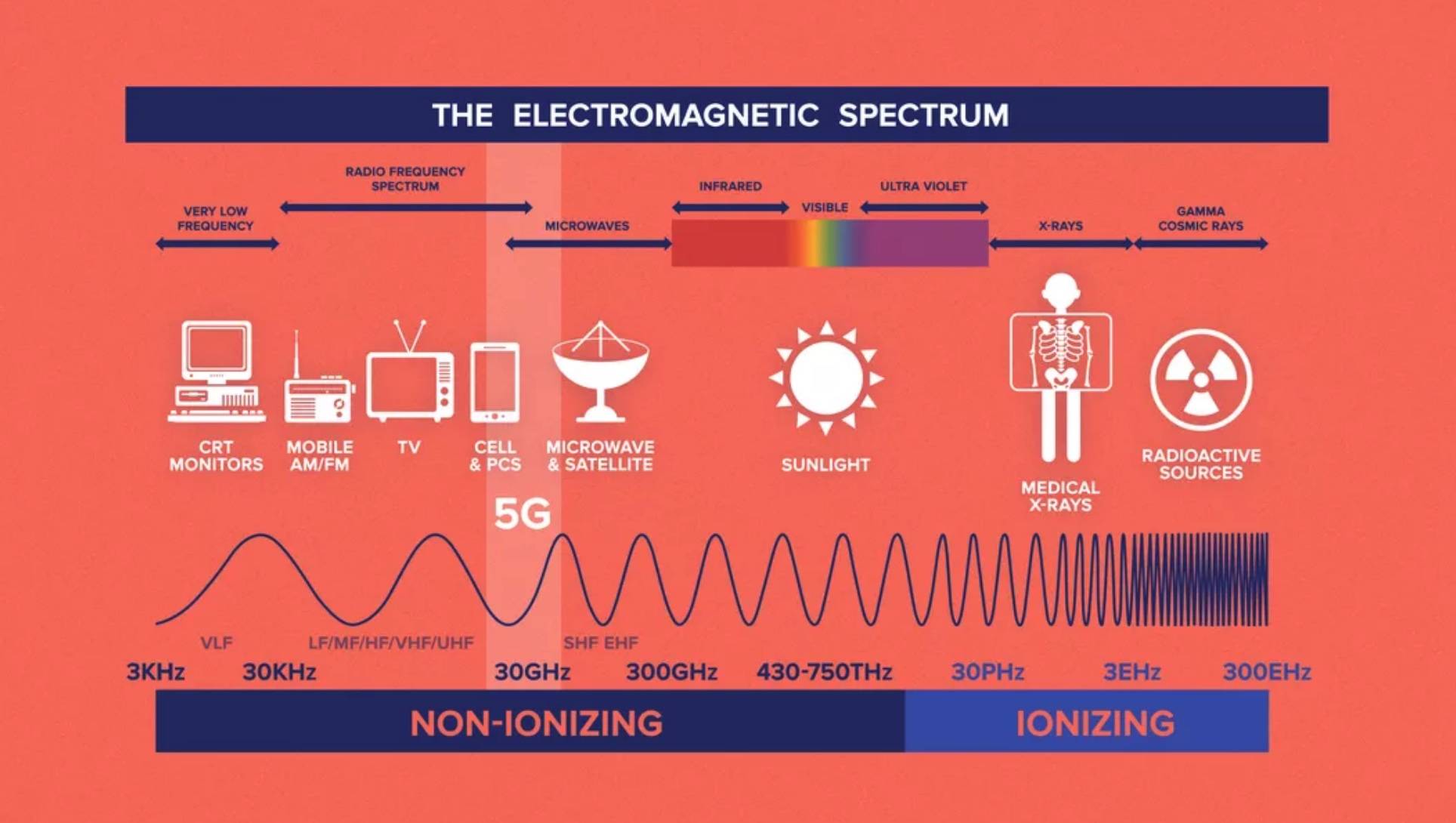
5g frequency vs 4g. For 5G the frequency spectrum of sub-6 GHz ranging between 450 MHz to 6 GHz and 24 GHz to 52 GHz are the frequency ranges of mmWave. Radio wave frequencies range anywhere from 3 kilohertz kHz up to 300 gigahertz GHz. Get Results from 6 Engines at Once.
5G vs 4G. Its always nice to have faster speeds but thats not really the big attraction with 5G because 4G speeds are already pretty good. Varying 100 µs min to 4ms max Latency.
2Mbps to 1Gbps. Theoretically 5G devices will able to reach peaks of 10 Gbps. TTI Transmission Time Interval 1 ms.
However the speed and latency in early FR1 deployments using 5G NR software on 4G hardware non-standalone are only slightly better than new 4G systems estimated at 15 to 50 better. Some examples of radio spectrum bands include extremely low frequency ELF ultra low frequency ULF low frequency LF medium. Data is sent and received faster and the whole process is more reliable too.
5G Frequency Bands vs. These 5G frequency bands offer speeds as high as 20Gbps. 5G vs 4G differences a summarized list.
Peak Data Rate. 5G NR can include lower frequencies FR1 below 6 GHz and higher frequencies FR2 above 24 GHz. It produces Radio Frequency Radiation RFR of relatively lower frequency.
1Gbps and higher as per need. The range goes to an upper limit of up to 300 GHz. While 4G provided a one-size-fits-all kind of connectivity where every device got the same service 5G is different.
The radio spectrum is broken up into bands each with unique features as you move up into higher frequencies. On the other hand the currently used 4G network operates on frequencies under 6 GHz. What 4G is not that great with is latency.
Massive Multiple-Input-Multiple-Output MIMO 64-256 antennas offer performance speeds that are ten times better than the current 4G networks. This is considerably higher than 4G networks which use about 700. The Fifth Generation network uses radio frequencies higher than 30 GHz.
New frequency bands and spectrum were also added with the arrival of 4G ranging from 600 MHz to 25 GHz. Ad Search 5g Internet Connection. 5G is faster and more reliable than 4G The 5G standard for cellular networks allows for higher amounts of data to be transmitted as compared to 4G.
Eventually 5G will also be launched on higher frequencies of between 30GHz and 300GHz known as millimetre wave or mmWave. What makes 5G so groundbreaking compared to 4G5G vs 4G whats the difference. 10 ms radio.
Currently 5G is offered on the same mid-range radio frequencies as 3G and 4G below 6 Gigahertz or GHz and network providers plan to re-purpose old and out-of-use 2G spectrum to further expand 5G coverage. It produces high-frequency Radio Frequency Radiation RFR. Every portion of the spectrum has a range of frequencies called a band that go by a specific name.
Ad Search 5g Internet Connection. 5G Ultra Wideband Verizons millimeter wavelength mmWave-based 5G operates at frequencies of about 28 GHz and 39GHz. Get Results from 6 Engines at Once.
Defining the 5G Spectrum. This is the fundamental difference between 5G and 4G. Lets find outThis is a Malaysian Tech Review from a Malaysian T.
4G LTE The primary technologies behind 5G include 26 28 38 60GHz millimeter wave bands. 5G is designed to connect many more types of devices than smartphones anything really. 4G uses frequencies below 6 GHz while some 5G networks use higher frequencies like around 30 GHz or more.
What you can do with extra speed 5G is already up to 10 times faster than 4G in some places which is insanely cool. 4G was a great leap forward allowing people to stream music and video on the go.


